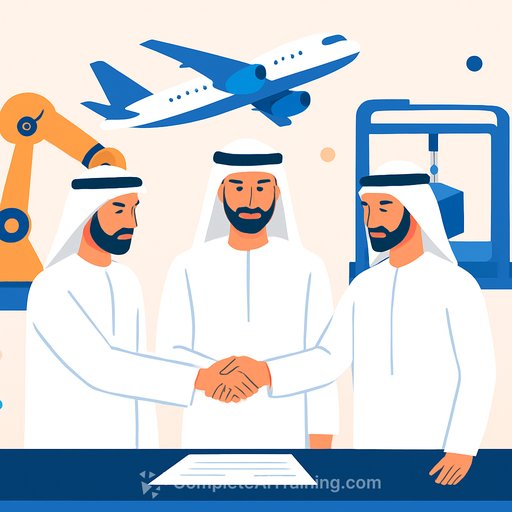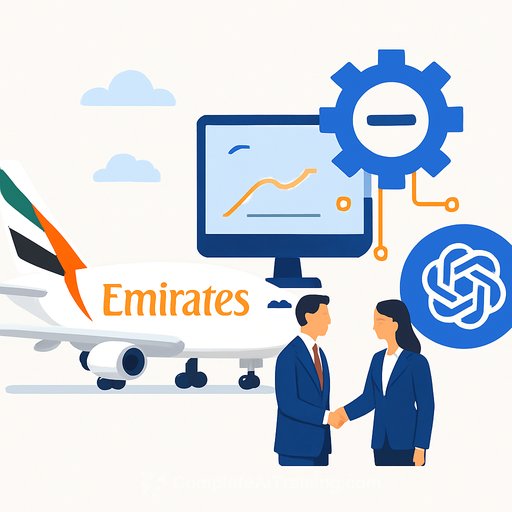AI-assisted operations: Honeywell and TotalEnergies launch pilot at Port Arthur
Honeywell and TotalEnergies have started an AI pilot at the Port Arthur Refinery in Texas, focused on the Experion Operations Assistant. The goal is simple: help operators make faster, better calls while tightening safety, reducing losses, and improving unit stability.
Built on Honeywell's distributed control system, the Experion Operations Assistant blends operational analytics with real-time predictive signals. Operators get earlier warnings on developing issues, more context to act with confidence, and fewer surprises that lead to trips, flares, or off-spec product.
Early impact: Delayed Coking Unit results
The pilot began on the Delayed Coking Unit (DCU), a unit with high operational and safety relevance. During initial runs, the AI assistant flagged five potential issues ahead of time, giving operators an average head start of 12 minutes before alarms. That buffer has already contributed to lower downtime and fewer emissions from flaring.
What leaders said
Raphael Duflos, VP and General Manager of TotalEnergies' Port Arthur Platform, called the partnership a key step in the site's performance push, noting expected gains in safety, downtime reduction, and tighter control over product losses.
Jim Masso, President and CEO of Honeywell Process Solutions, said the pilot advances the blend of autonomous technology and operator know-how-aimed at safer, more efficient day-to-day operations.
Why this matters for operations
- Earlier intervention windows: Minutes matter. Getting predictive cues before alarms buys time to stabilize units.
- Reduced flaring and losses: Better foresight means fewer trips, smoother transitions, and more on-spec production.
- Operator workload: AI can filter noise and surface what matters, easing alarm fatigue and decision pressure.
- Operational autonomy: Clear, model-backed recommendations help shift from reactive to proactive control room behavior.
How to make AI assistive tools stick
- Data readiness: Validate historian quality, tag mapping, and sensor health before deploying any models.
- Integration: Plan HMI displays, alarm philosophies, and escalation paths so insights land where operators act.
- KPIs that matter: Track alarm rate per hour, flare volumes, MTBF/MTTR, product losses, energy intensity, and near-miss counts.
- Operator adoption: Provide scenario playbooks, clear thresholds, and quick-win use cases that build trust.
- Governance and safety: Align with MOC, cyber requirements, and management systems; document model boundaries and fallback modes.
- Lifecycle management: Monitor model drift, schedule retraining windows, and run periodic scenario tests.
What's next at Port Arthur
The pilot is a joint effort across Honeywell, the Port Arthur team, and OneTech. With promising results on the DCU, expansion to other units is a logical next step, pairing operator expertise with AI guidance to tighten control and reduce variability across the site.
For further context
Action list for this quarter
- Pick one high-value unit (e.g., DCU, FCC, hydrocracker) and define 3-5 predictive use cases tied to hard KPIs.
- Run a 60-90 day pilot with clear baselines, operator feedback loops, and weekly performance reviews.
- Document response playbooks for predicted events and embed them into shift handovers and SOPs.
- Plan scale-out criteria: accuracy thresholds, alarm reduction targets, and training requirements for the next unit.
Your membership also unlocks:






